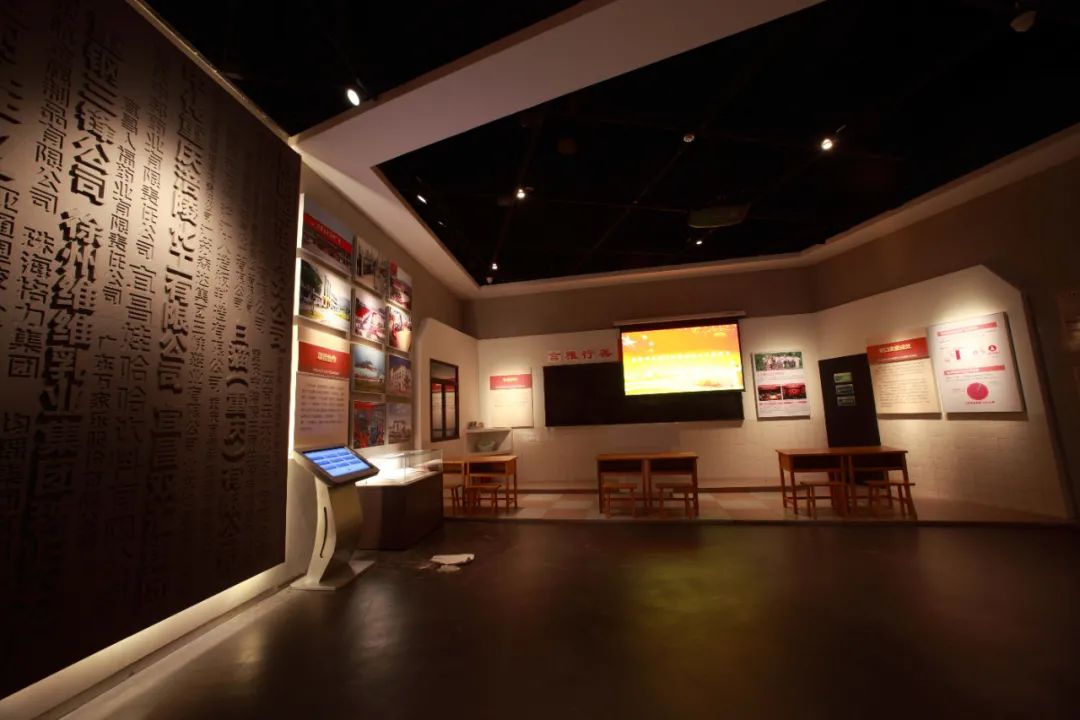Three Gorges Immigration Museum, also known as Hubei Three Gorges Resettlement Museum, located in Wanzhou District, Chongqing, is the only national-level museum dedicated to documenting the monumental Three Gorges Dam resettlement project—the largest human migration in modern history. As a 4A-rated national scenic site and National First-Class Museum, it preserves the stories of 1.31 million displaced people through immersive exhibitions, rare artifacts, and striking architectural design.
Highlights of the Museum
Architectural Symbolism
Designed to resemble towering cliffs along the Yangtze, the museum’s angular concrete facade evokes the Three Gorges landscape. A dramatic glass "sky crack" runs through the roof, symbolizing both the geological fissures of the gorges and the societal rupture caused by mass relocation.
The "Canyon Wall" exhibition halls feature sloping walls with embedded artifacts, mimicking the stratified rock layers of the reservoir area.
Core Exhibitions

Salt Well Valley Fossils: Skeletons of Ice Age giants like the Oriental Stegodon.
Explores Wanzhou’s 3,000-year history via 800+ artifacts, from Neolithic pottery to Qing Dynasty merchant ledgers.
Chronicles the 17-year migration (1993–2010) through 7 thematic sections, including:
Features a 1:1000 scale dam model, holographic projections of submerged villages, and 2,700+ personal items donated by migrants (e.g., door plaques, fishing nets).
"The Grand Dream": Early 20th-century proposals for the dam.
"The Great Migration": Interactive displays of flooded towns (e.g., Fengjie Old Town).
"Cultural Relics Rescue": Over 1,100 heritage sites salvaged before flooding.
Emotional Impact
The "Memory Wall" displays 10,000+ photos of displaced families, while audio stations play oral histories in migrants’ own voices.
A reconstructed ancestral shrine and flood-level markers on walls underscore the human cost of progress.
Spring (Mar–May) & Autumn (Sep–Nov): Mild weather (15–25°C) ideal for exploring both indoor exhibits and the adjacent Binjiang Park.
Weekdays: Avoid weekend crowds; free guided tours are offered at 10:00 AM or 2:30 PM on holidays.
Avoid Summer (Jun–Aug): Though air-conditioned, outdoor areas can be humid.
Best Time to Visit
Travel Tips
Getting There
From Chongqing: 2-hour bus from Longtousi Station to Wanzhou (¥50), then Bus 22/28 to "Citizen Square" stop.
By Cruise: Yangtze River ships often dock at Wanzhou Port (10-min taxi ride).
Admission
Free entry; mandatory online reservation via Alipay (search "重庆三峡移民纪念馆").
Hours: Tue–Sun 9:00 AM–5:00 PM (last entry 4:30 PM); closed Mondays unless a public holiday.
Must-See
Don’t miss the 360° Immersion Theater, which screens a 15-min documentary on the dam’s construction (English subtitles available).
Nearby Attractions
Wanzhou Bridge: Sunset views over the Yangtze.
Xiyou Cave: A 4A-rated karst cave 30 mins away.
Etiquette
No flash photography in relic zones; quiet demeanor requested in memorial areas.




































